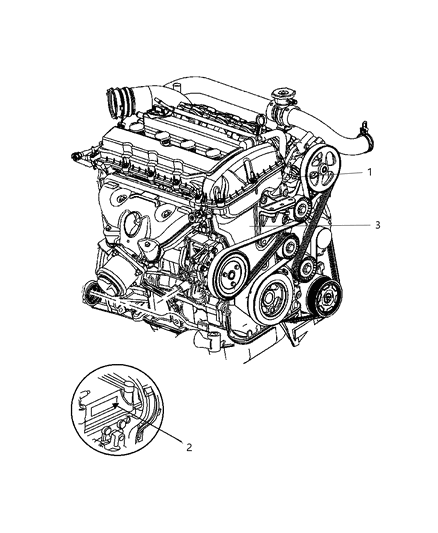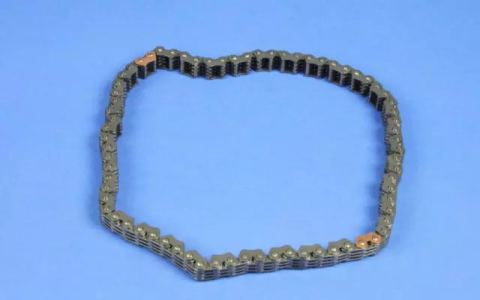Overview of the Serpentine Belt System
The serpentine belt in your 2015 Dodge Journey 2.4L engine drives essential components like the alternator, power steering pump, air conditioning compressor, and water pump. Regular inspection prevents failures and optimizes vehicle performance.
Belt Diagram and Routing Path
This belt path follows a serpentine layout around key pulleys. Starting from the crankshaft pulley, it routes:
- Over the idler pulley.
- Under the power steering pump pulley.
- Over the alternator pulley.
- Under the air conditioning compressor pulley.
- Under the tensioner assembly pulley.
A precise diagram ensures correct installation. Refer to your vehicle service manual for visual confirmation.

Key Component Guide
Understand these critical parts for the belt system:
- Serpentine Belt: Multi-ribbed belt (e.g., Gates K060890) providing flexible traction.
- Automatic Tensioner: Maintains proper belt tension; spring-loaded mechanism reduces slippage.
- Idler Pulley: Guides the belt path; free-spinning bearing minimizes friction.
- Accessory Pulleys: Include alternator, power steering pump, and A/C compressor pulleys; ensure they spin freely without noise.
- Crankshaft Pulley: Driven by the engine, transfers power to start the belt cycle.
Inspect all pulleys for wear, cracks, or misalignment during belt checks.
Maintenance Best Practices
Follow these steps for reliability:
- Check belt condition every 15,000 miles for cracks or fraying.
- Replace belt typically every 60,000 miles or as per Dodge guidelines.
- Test tensioner movement; excessive looseness indicates replacement.
- Ensure pulleys are aligned and bearings rotate smoothly.
Address issues promptly to avoid accessory failure or engine overheating.

